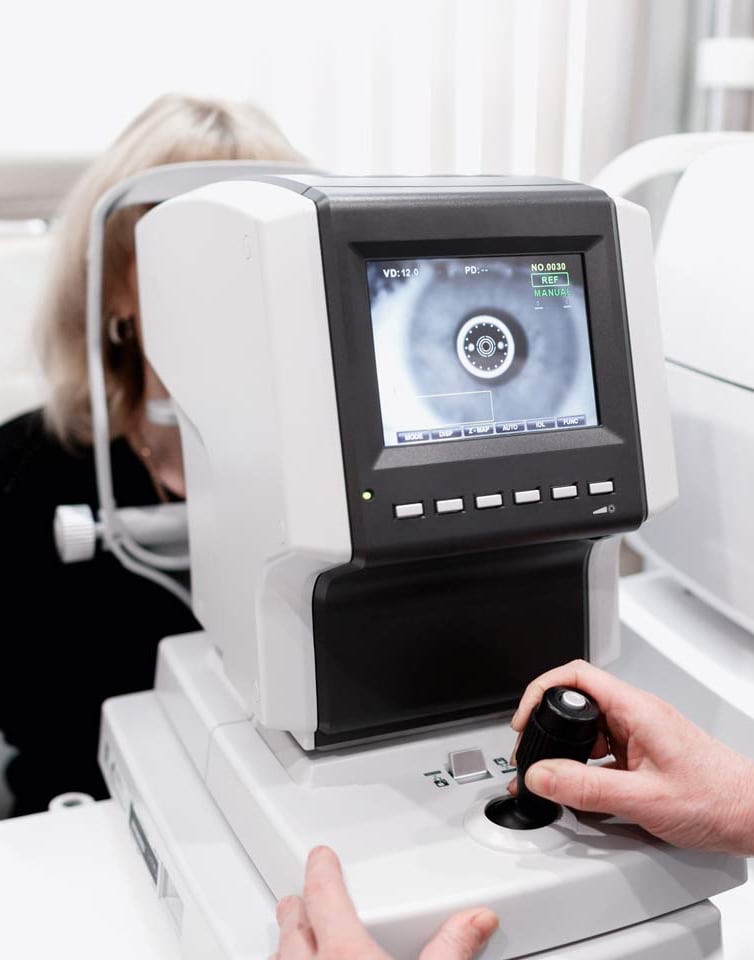
The optic nerve is responsible for transmitting visual information from the eye to the brain, and damage to the optic nerve can result in permanent vision loss.
Glaucoma is often called the “silent thief of sight” because it can develop slowly and without noticeable symptoms. The most common type of glaucoma, called ‘open-angle glaucoma’, is often caused by an increase in intraocular pressure, which is the pressure inside the eye. Other risk factors for glaucoma include age, family history, race, and certain medical conditions, such as diabetes.
Symptoms of glaucoma may not appear until the condition has progressed to a more advanced stage.
These symptoms can include:
Early detection and treatment are critical in preventing vision loss from glaucoma.
Treatment for glaucoma usually involves lowering the intraocular pressure, which can be done with medications, laser therapy, or surgery.
Medications may be prescribed to lower the pressure inside the eye, and laser therapy can be used to increase the drainage of fluid from the eye. In some cases, surgery may be recommended to create a new drainage pathway for fluid to leave the eye.
In conclusion, glaucoma is a serious eye condition that can lead to vision loss and blindness if left untreated. Early detection and treatment are essential in preventing vision loss from glaucoma.
RPAH Medical Centre
Suite G8, 100 Carillon Avenue
Newtown, NSW, 2042
Monday to Friday
8:00am-5:00pm